“You don't take a photograph, you make it.”
Today in our series of exploring the inspired we are going to take a look at an iconic quote by a truly inspirational photographer, Ansel Adams. Is it relevant to modern photography and how do we apply it in this age of instant images.
Ansel Easton Adams 1902 – 1984 Landscape Photographer and Environmentalist
Born into a wealthy San Franciscan family in 1902, Adams’ eye for perfection was inspired by his piano teacher Marie Butler. He took his first photos with a Kodak Brownie of Yosemite National Park, the location that was to become his trademark. His first photographs were published in 1921 and a year later his prints of Yosemite. The twenties saw the beginnings of Adams’ long and accomplished career, a career that lasted all the way until the late 70s.
Do We Still “Make” Photos?
Adams’ was a perfectionist whose images went through a detailed process from pre-conception to the way the final negative was printed. All the elements that he included in his picture taking still exist today, in one form or another.
Pre-conception, reading and understanding the light, choosing the location, understanding and creating the perfect exposure, developing the negative, or RAW file in digital and printing.
Despite the throw away nature of digital images, there is no reason why Adams’ techniques cannot be applied to modern picture taking. Lets take a look at some of the techniques that we could incorporate into a digital shoot.
Pre-Conception
This is still a cornerstone of modern landscape photography and indeed other genres of photography too. Having the idea of the shot mapped out in your mind before you go to the shoot. Today we have many tools to help us with this, photos of most locations are in abundance, we can predict the position of the light at any time of day and even weather forecasts are well in advance of those 90 years ago. Using these tools we can conceive the image in our minds long before we get to the location.
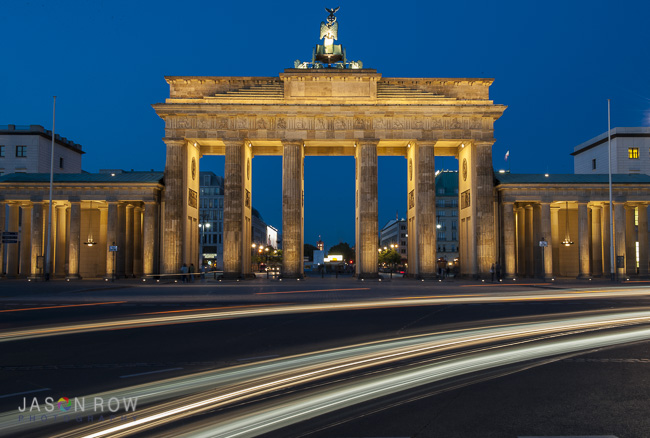
Composition
Adams’ was a master of composition, his images often displayed multiple compositional rules and sometimes broke the rules all together. Composition is perhaps even more important in the digital age because modern cameras deceive to flatter us with their ability to expose and focus well. Great composition is the defining line between a snapshot and a photograph.
Landscape photography is a great way to learn and understand composition. You cannot rush a landscape, you need to work slowly, think ahead, watch the light and most importantly find the right composition. The use of a tripod is important in a number of respects, it allows you to fine tune your composition, you can shoot at lower shutter speeds and with much greater depth of field but most importantly, it slows you down and makes you think before shooting.
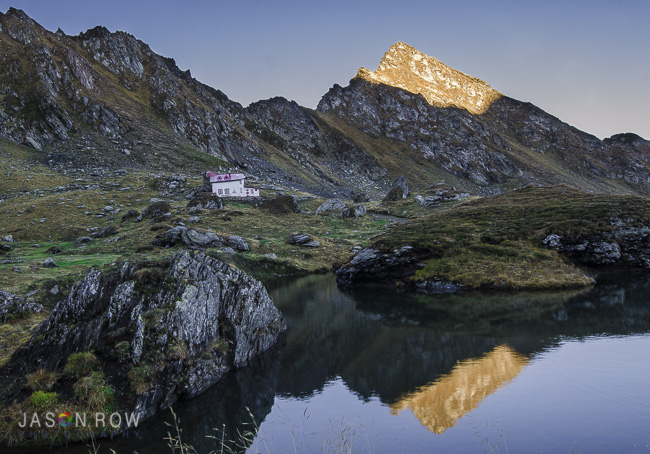
Technique
As with composition, Adams’ was a master of technique. The created the Zone System of metering, a system so efficient that variations of it are found in most modern cameras. The Zone System works by measuring the light in zones within the scene and then finding the optimum exposure. Whilst modern cameras can do this, they do not have the knowledge of what the scene is in front of them. We can, however, replicate Adams’ zone techniques either using a dedicated spot meter or by using the spot meter function in our cameras. We can then use our knowledge of both the exposure levels and the scene in front of us to find the right shutter speed/aperture combination.
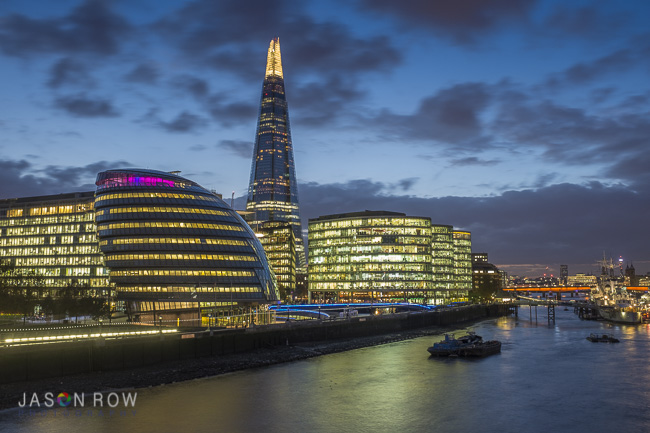
Post Production
When Adams made an exposure, he already had in his mind how he wanted to develop that negative and print the image. Again there is no reason why this should not be applied to modern day photography.
There are different techniques for getting the best out of a digital sensor, for example shooting to the right, and you should have in mind these when you make the exposure.
When it comes to post production, the technology may be radically different but the tools and techniques are not far removed from the darkrooms of Adams’ day. Recovering highlights, extending tonal range, revealing shadow areas or crushing the blacks, all of these and many more can be used to get the maximum impact out of an image.
Whilst in Adams’ day you could only process a negative once, these days we can process a RAW file as many ways as we want, all giving a different end result be it on screen or in print.
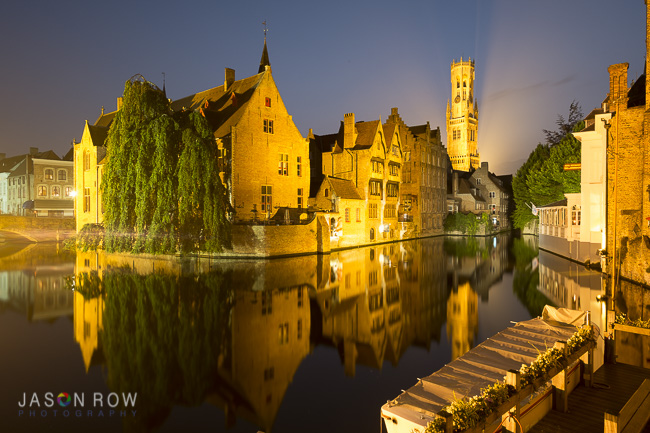
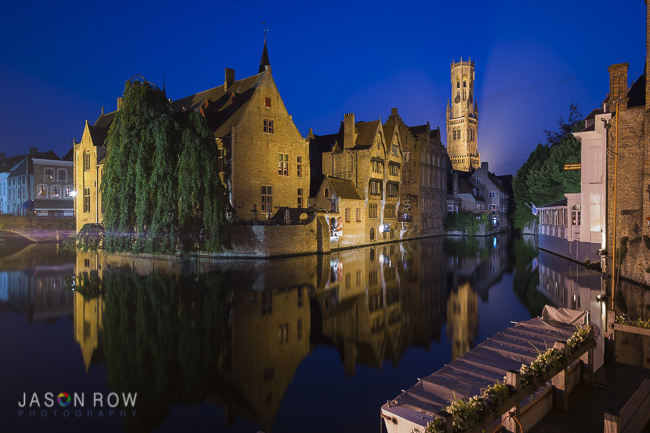
Making a picture is still as relevant today as it was in Adams’ era. Any photograph that has has some thought put into the concept, exposure composition and post production could be considered as made. A photograph where the camera is raised to the eye and shot without much thought is more likely taken.
As a footnote to this, whilst Ansel Adams could say “You don't take a photograph, you make it.” and we would respect it, coming from the mouths of mere mortals like you and I, it can sound somewhat pretentious. If you are going to quote it, please give credit to the master that coined it, the late great Ansel Adams

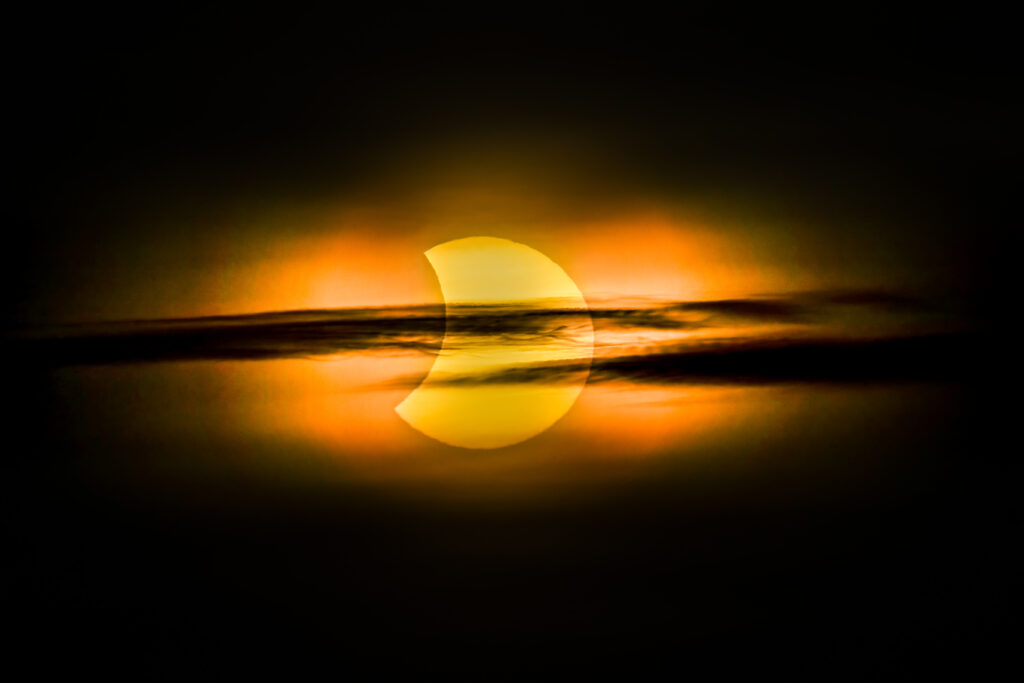
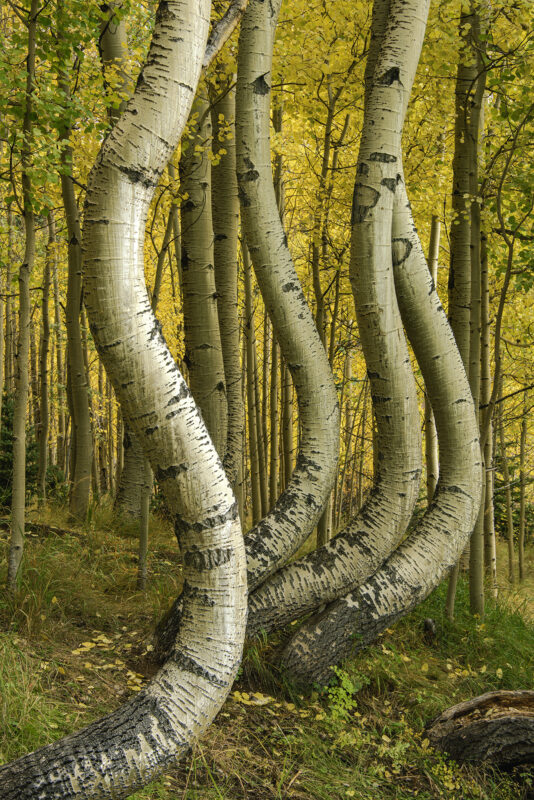
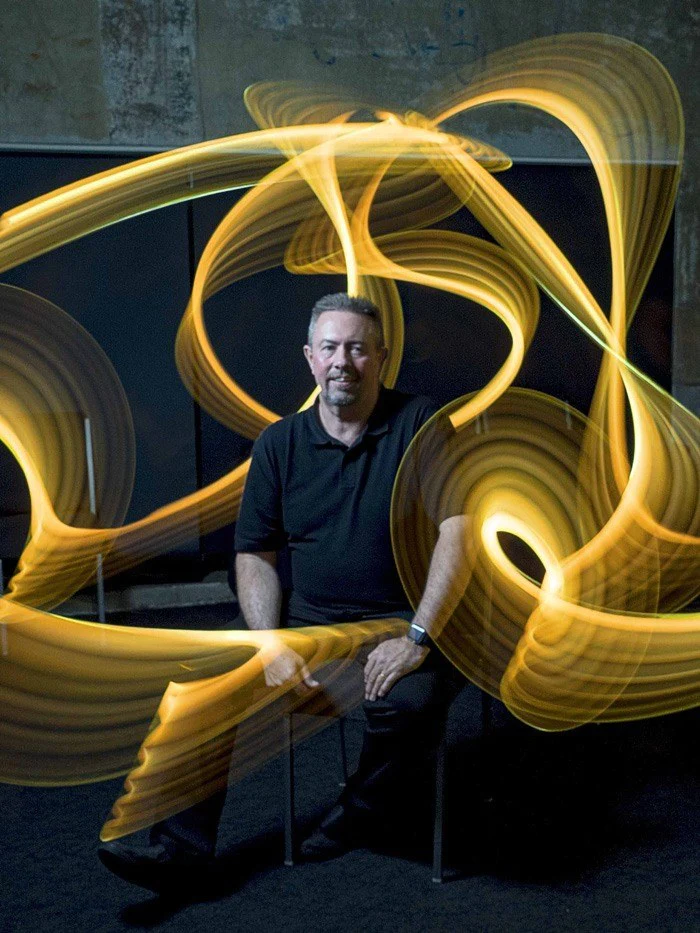

1 Comment
Enjoyed your photos. Makes me want to go to the next level. thanks